Dave Evans
Nobiles
   dpevans_at_rci.rutgers.edu
dpevans_at_rci.rutgers.edu
Posts: 490
|
Post by Dave Evans on Sept 23, 2008 18:18:09 GMT -10
This is just a space holder, please fill this thread with information about Nepenthes geoffrayi.
|
|
|
|
Post by sockhom on Sept 23, 2008 20:17:59 GMT -10
Sulud1 wrote:Hi, 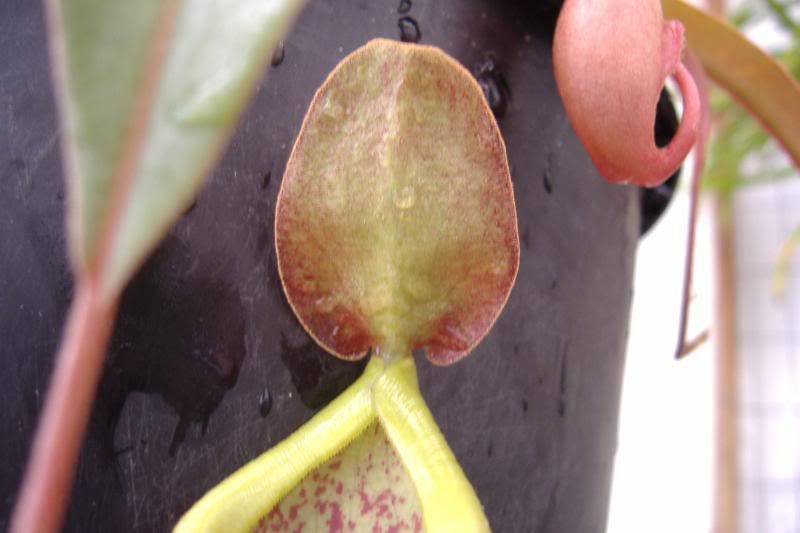 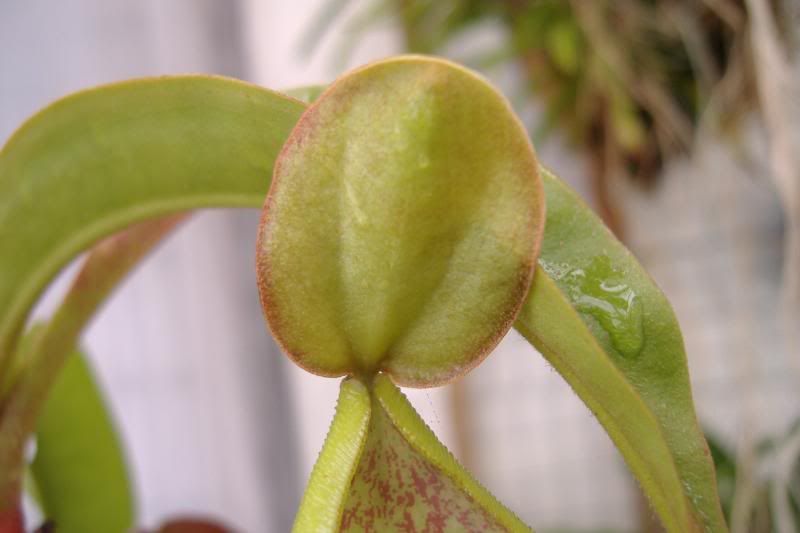 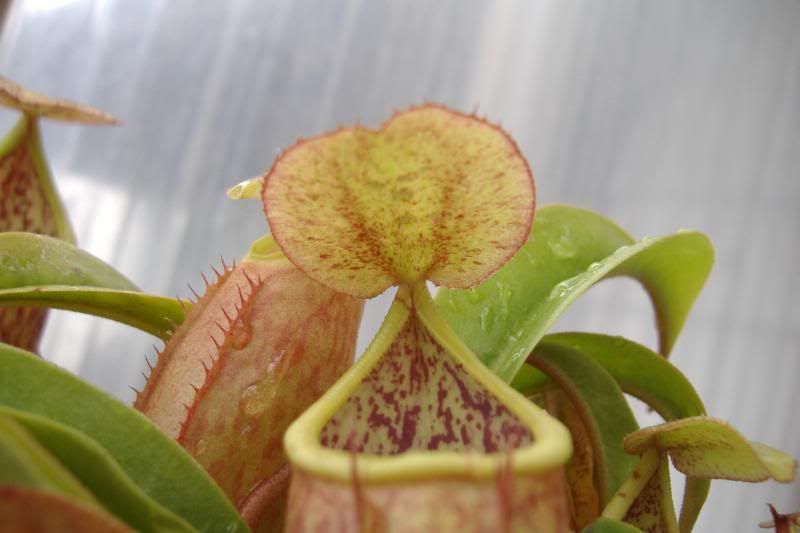 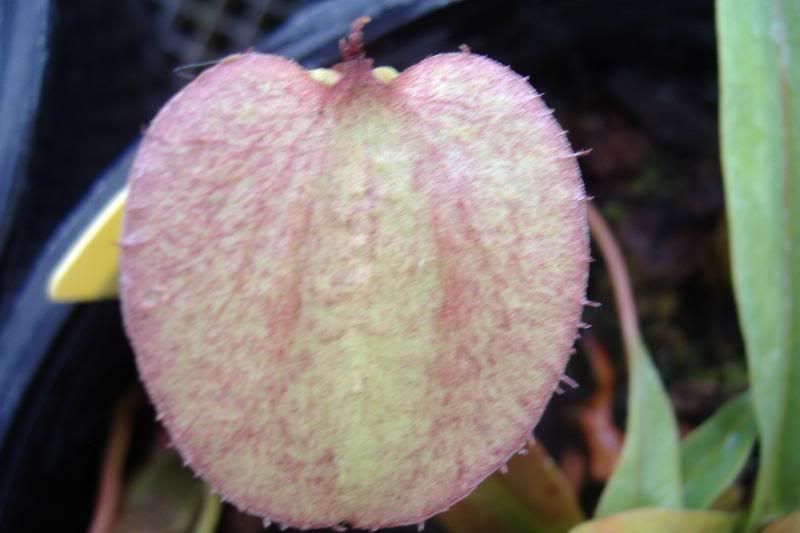 lids.  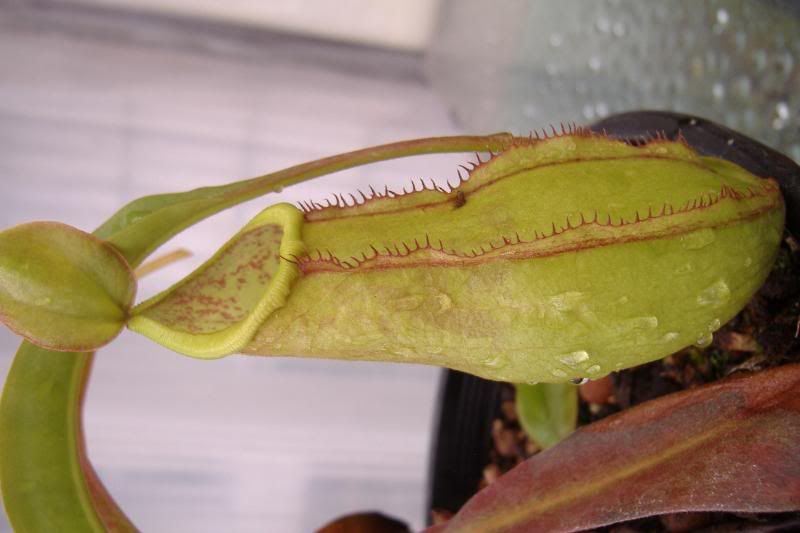  traps. 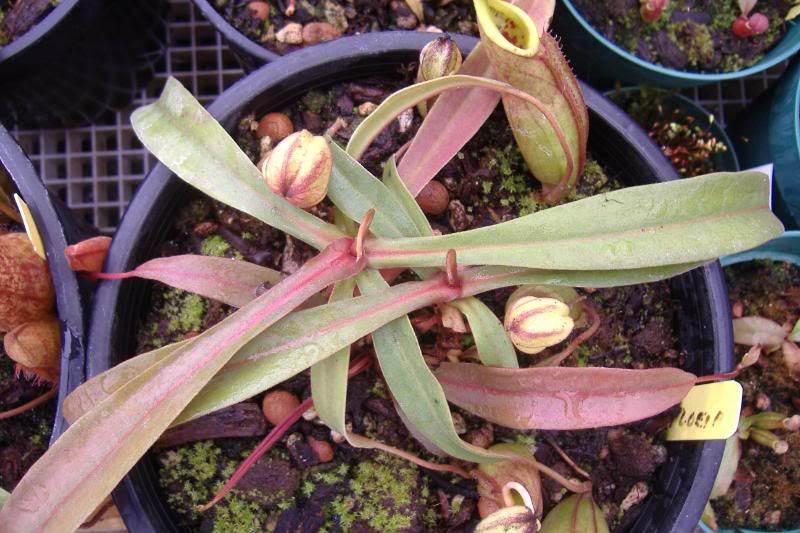 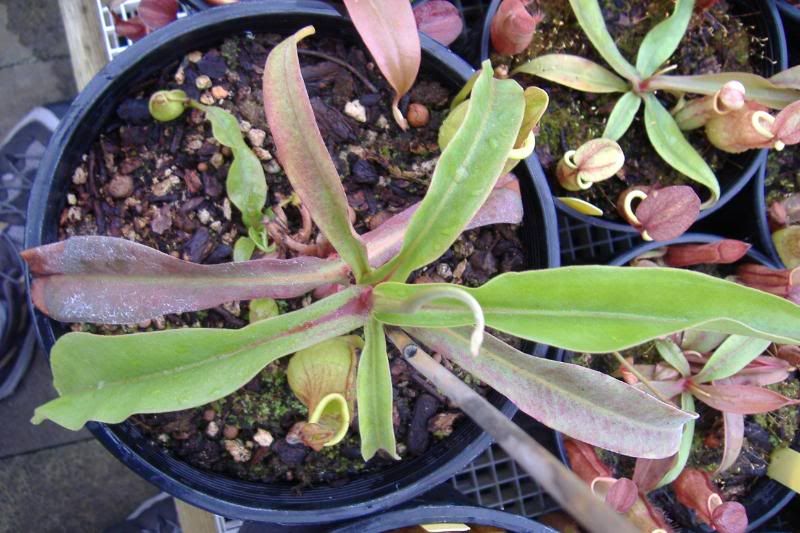 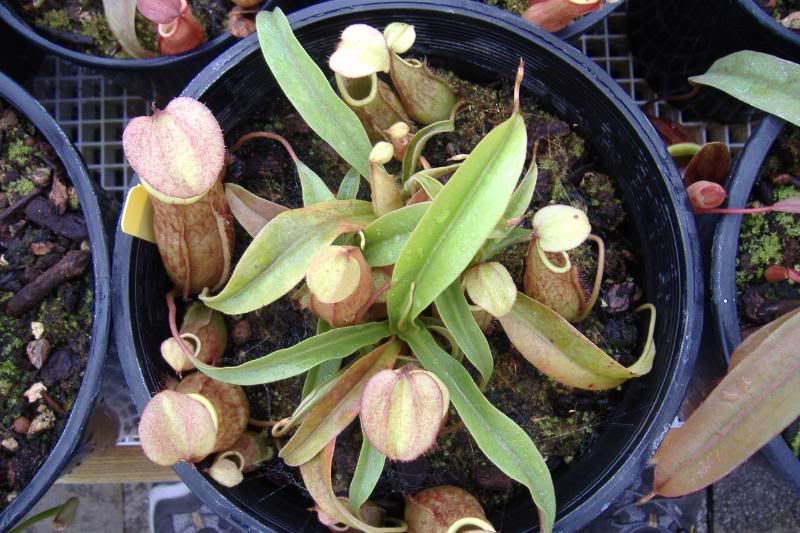 leaves. N. smilesii or anamensis or geoffrayi? Truly, Tom
|
|
|
|
Post by sockhom on Sept 23, 2008 20:18:43 GMT -10
N. smilesii or anamensis or geoffrayi? Truly, Tom Come on Tom!How could you possibly grow N. geoffrayi? This old deleted species (synonym of anamensis / smilesii) has been collected somewhere in the Kampot province and nobody knows where exacly! I've seen the syntypes of N. geoffrayi (I've posted the pictures on the herbarium section) and I don't think they show any significant difference. The problem is that those Indochina species seem to flower even at an early stage. François. |
|
|
|
Post by sockhom on Sept 23, 2008 20:19:47 GMT -10
Dave Evans wrote:
Well, N. geoffrayi can be thought of as a more specific example of N. smilesii, but Tom mentions finding these two species growing together or at least near each other, right Tom?
I'm not clear on what the differences are supposed to be, if any...
As far as combining all these species into N. smilesii, not really a good idea. N. kampotiana has already been combined N. smilesii as well. Now, it is being considered as separate again... Wasn't there also specimens of _N._ Bokor found labeled as N. smilesii?
Dave
|
|
|
|
Post by sockhom on Sept 23, 2008 20:28:12 GMT -10
Marcellocatalano wrote:I just checked the dry specimens photos. I would say geoffrayi is a synonim of kampotiana, for a series of (NOT DEFINITIVE) good reasons: -the lids are round. -it was found in kampot the same year as kampotiana, probably it was just a different form, these mistakes were commmon at the time. -smilesii and bokor are found on the mountains, I don't think that they would write the name of the whole province instead of the name of the mountain. -the smilesii from kampot (kirirom) can be easily recognized as smilesii, hairy and with oval lid. -these pitchers are small and roundish like those of kampotiana. -cheek wrote "kampotiana?" and not "smilesii?". So, these (not scientific) good reasons exclude smilesii, but they don't exclude a new species. I personally WOULD exclude a new species though, because in the same area and with the same characteristics, I don't think you can find two different species. Even the differences brought by the author are nowadays considered nothing. The only doubt comes when it says that the leaves are only sparsely hairy when young (while smilesii/anamensis is always completely hairy), and kampotiana is glabrous. But that little hair "when young" could be the hair on the tip of the leaf and on the tendril, which is peculiar of kampotiana. I'd like to see those specimens "live"  Marcello
|
|
|
|
Post by sockhom on Sept 23, 2008 20:29:08 GMT -10
|
|
|
|
Post by sockhom on Sept 23, 2008 20:31:25 GMT -10
Dave Evans wrote:
Dear Tom,
This is very interesting. I have noticed some protrusions on the lids in some of your photos, all those you have labeled as N. geoffrayi... Besides for those hairs, do any other differences stand out to you?
I'm not so sure those are hairs, they look rather thick and still living. I think they might be extensions like what is seen on N. rafflesiana, N. tentaculata and N. hamata.
|
|
|
|
Post by sockhom on Sept 23, 2008 20:32:16 GMT -10
Marcellocatalano wrote:Hi, I think those lid-hair can happen now and then within the genus, they are not a taxonomical feature of some importance. But of course it's different if you say that all the plants you saw in the wild had those hair. I think that's the same reason why that kind of lid-hair are not in the dry specimens of geoffrayi (by the way, we have to remember that the dry specimens of N. geoffrayi were collected in another Country, and probably they belong to another species, which wasn't hairy, while smilesii, which grows in the Loei province, is hairy, like your plants are); maybe they were seen on some plant in the wild, and they ended up into the description, but they were not a stable character of that population, and not even of the specimens collected. Any photo of those plants in the wild? Any photo of different clones from the same location that maybe you're growing? Any hope to know - even privately - what mountain in Loei it is  ? Marcello
|
|
|
|
Post by sockhom on Sept 23, 2008 20:33:12 GMT -10
Sulud1 wrote:Dave, What I have from Lecomte description are N. geoffrayi operculum extus leviter pilosum. N. kampotiana operculum extus pilosum pilis parvis. N. thorelii operculum extus +- pubescens. Hemsley gave nothing for the exterior of the lid and Macfarlane for N. anamensis operculum extus pubescens et puntatum. This female plant from Indochina puts on these hairs which are even noticeable when the trap is not quite fully developed. 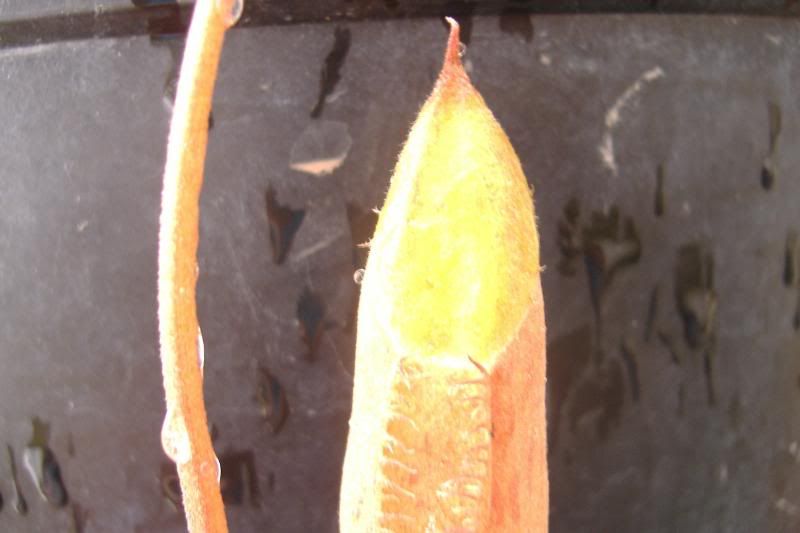 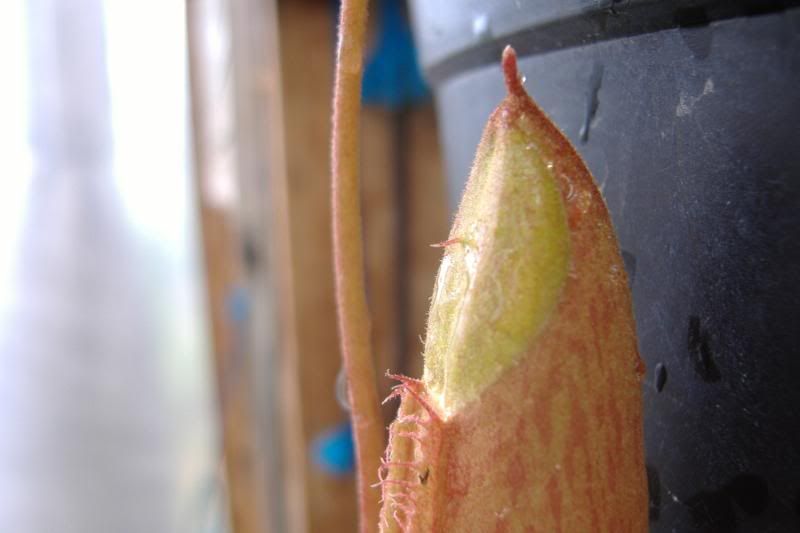 Whereas N. smilesii or N. anamensis don't. 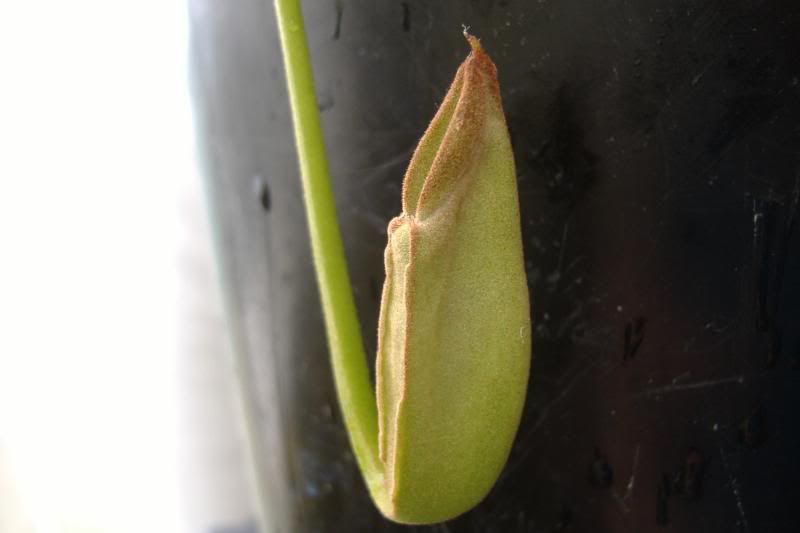  Of the 60 + N. smilesii plants here none show the hairs on the lid when mature. Some of the juvy plants of the green types do have protruding hairs on the top of the lid but grow out of it. This female plant that I have puts out more hairs on the top of the lid as it ages. The glands on the underside as you can see are very different that the N. smilesii or N. anamensis. This plant also put out shorter leaves than N. kampotiana's description and type. Truly, Tom
|
|
Dave Evans
Nobiles
   dpevans_at_rci.rutgers.edu
dpevans_at_rci.rutgers.edu
Posts: 490
|
Post by Dave Evans on Sept 23, 2008 21:07:39 GMT -10
Dear Tom and François,
After reviewing the types via the internet some more, I can say I'm also sure N. kampotiana and N. smilesii are different species. Now, I'm not so sure I have any plant which is a good match N. geoffrayi nor N. kampotiana... My plants have much larger tendrils... I guess I'll have to wait for them to flower.
The types for N. geoffrayi do not match N. kampotiana, the way the flowers are bunched up at the end is more like N. smilesii; in fact N. g. seems a bit intermediate between the two other species, but it doesn't look like a direct hybrid... odd.
|
|